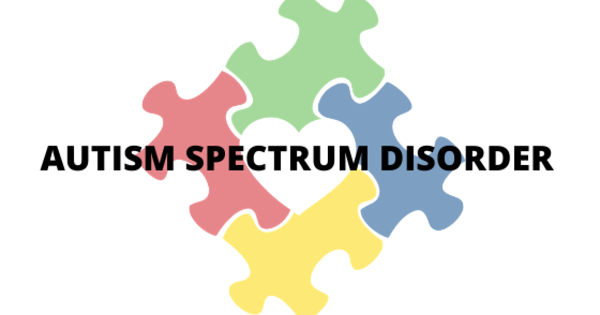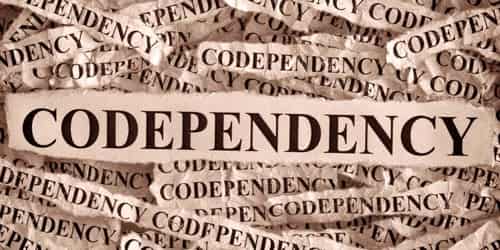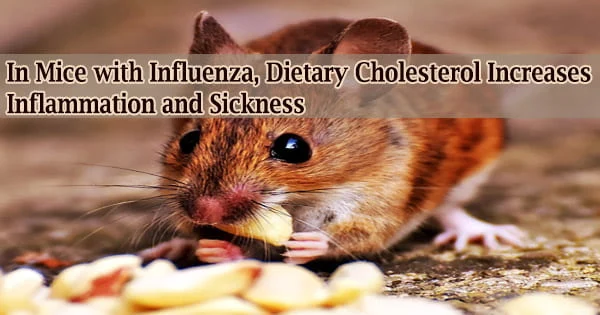ASD (autism spectrum disorder) is a developmental disability caused by brain differences. ASD patients frequently struggle with social communication and interaction, as well as restricted or repetitive behaviors or interests. People with ASD may also learn, move, or pay attention in different ways. It is important to note that some people who do not have ASD may exhibit some of these symptoms. However, for people with ASD, these characteristics can make life extremely difficult.
The autism spectrum disorder refers to a group of neurodevelopmental disorders characterized by difficulties in social interactions and communication, repetitive behaviors, intense interests, and unusual responses to sensory stimuli. It is commonly referred to as autism or, in the context of a professional diagnosis, autism spectrum disorder (ASD), but the latter term is divisive among neurodiversity advocates, neurodiversity researchers, and many autistic people due to the use of the word disorder and concerns about its utility outside of diagnostic contexts.
A spectrum disorder is one that manifests very differently from person to person: any given person with the disorder is likely to exhibit some but not all of the associated characteristics, and to varying degrees. Different autistic individuals may exhibit strikingly different characteristics, and the same individual may also present differently at different times.
Given concerns about the appropriateness of the term disorder, many sources prefer to use the word “autism” without any other words, arguing that it is the least controversial term among people with different perspectives, or (in the United Kingdom) autism spectrum conditions (ASC) rather than ASD. While psychiatry has traditionally classified autism as a neurodevelopmental disorder, many autistic people, most autistic advocates, and a rapidly growing number of researchers see autism as part of neurodiversity, the natural diversity in human thinking and experience that includes strengths, differences, and weaknesses.
On this view, promoted by the autism rights movement, autism is not pathological, but this does not preclude them from being disabled and potentially having high support needs due to co-occurring conditions and lack of person-environment fit. This relatively positive and holistic view of autism led to a certain degree of friction between autistic individuals, advocates, charities, researchers and practitioners.
Causes
The causes of autism aren’t well understood, but are likely linked to altered structures of the brain at birth. There is no official cure for autism, so interventions focus on, for example, finding and learning other modes of communication in a non-verbal autist, or applied behavior analysis interventions, which are highly controversial.
Other debates in autism are scientific, sociological, political, or philosophical, with some combining all four. First, it is debatable and uncertain whether autistic people’s social-communication difficulties are caused by inherent core deficits, a mismatch in social-communication styles, cognition, and experiences, resulting in bidirectional misunderstanding between autistic and non-autistic people, or a combination of both factors. Furthermore, scientists are still trying to figure out what causes autism; it is highly heritable and thought to be primarily genetic, but there are numerous genes involved, and environmental factors may also play a role.
Why autism frequently co-occurs with ADHD, intellectual disabilities, epilepsy, and a variety of other conditions is unknown. There is ongoing debate about what should be included on the autism spectrum, whether meaningful subtypes of autism exist, and the importance of autism-associated traits in the general population. The combination of broader criteria and increased awareness has resulted in a trend of steadily increasing estimates of autism prevalence, leading to the widespread belief that there is an autism epidemic and perpetuating the myth that vaccines cause it.
















